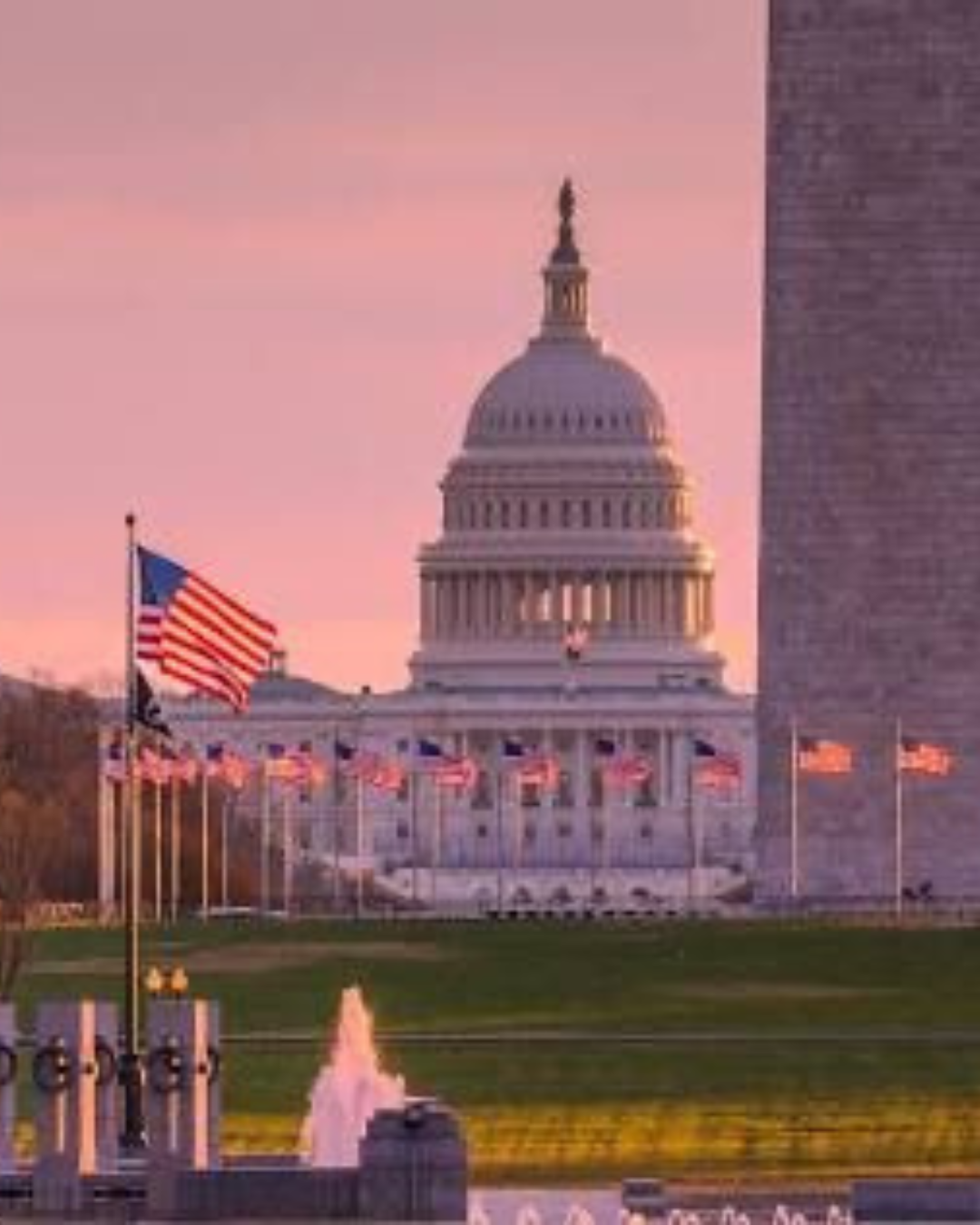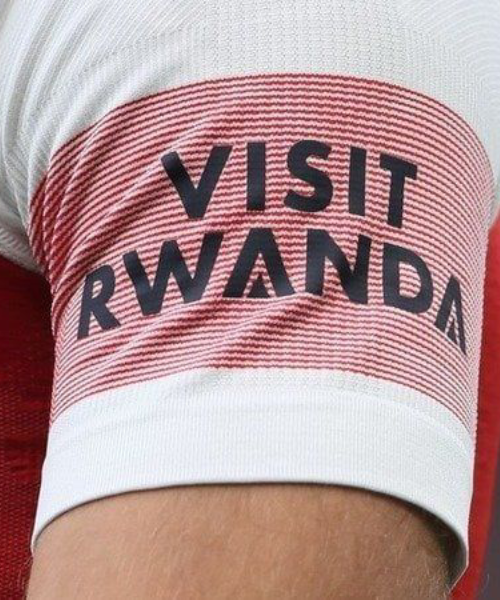VATICAN CITY/OTTAWA – Indigenous leaders from Canada are issuing a renewed and urgent call to the Vatican, urging newly inaugurated Pope Leo to repatriate thousands of sacred cultural artifacts that have been held within the Holy See’s collections for a century. The objects, described by critics as relics of cultural destruction taken during an era of colonial missionary work, remain in Vatican museums and vaults despite a previous pledge for their return by the late Pope Francis.
The vast collection includes irreplaceable items such as a rare Inuvialuit sealskin kayak, intricately embroidered Cree leather gloves, a 200-year-old wampum belt, a Gwich’in baby belt, and a beluga tooth necklace. For Indigenous communities, these are not mere objects but vital links to their heritage, ancestors, and cultural practices.
“When things were taken that weren’t somebody else’s to take, it’s time to return them,” stated Cindy Woodhouse Nepinak, National Chief of the Assembly of First Nations, encapsulating the sentiment of many Indigenous peoples.
Momentum for the artifacts’ return gained significant traction in 2022 when First Nations, Inuit, and Métis delegates visited Rome for discussions with Pope Francis regarding historical abuses at Canada’s notorious church-run residential schools. During this visit, delegates were given a tour of parts of the Vatican’s collection, an experience that brought the reality of their displaced heritage into sharp focus.
“It was quite an emotional experience to see all of these artifacts – whether they be Métis, First Nations or Inuit artifacts – so far away,” said Victoria Pruden, President of the Métis National Council.

Following this visit and his subsequent “penitential pilgrimage” to Canada, where he apologized for the Church’s role in the devastating residential school system, Pope Francis promised to facilitate the return of these items. However, years later, the artifacts largely remain in the Vatican. Pope Leo, who held his inaugural mass on May 18, has not yet publicly addressed the issue. The Vatican Museums did not respond to inquiries about repatriation plans.
The artifacts’ journey to the Vatican dates back to the 1920s under Pope Pius XI, who in 1923 encouraged missionaries worldwide to send objects representing Indigenous life for a grand exposition in 1925. This call, according to Gloria Bell, an assistant professor of art history at McGill University and author of “Eternal Sovereigns,” resulted in “thousands of belongings stolen from Indigenous communities to please the greed of Pope Pius XI.”
This acquisition occurred during a dark chapter in Canadian history when the government, often in partnership with the Catholic Church, systematically sought to erase Indigenous cultures. Compulsory attendance at residential schools aimed to “kill the Indian in the child,” forbidding Indigenous languages and cultural practices, and leading to widespread abuse and thousands of deaths.
The Vatican has previously claimed the artifacts were gifts. However, Bell and other critics dismiss this as a “false narrative,” highlighting the coercive and assimilative colonial context of the era. While the exact number of Indigenous artifacts in the Vatican is unknown, Bell estimates it to be “in the thousands,” and Indigenous leaders report lacking a full inventory.
Laurie McDonald, an elder from Enoch Cree Nation and a residential school survivor, shared the painful legacy of this cultural suppression. “We were forbidden as a nation to use our cultural regalia, our cultural tools, or our medicines,” he recalled. For McDonald, who witnessed Pope Francis’s apology in 2022, the return of these artifacts is a crucial step in healing. “Those may have been simple stuff to you, but to us, they were very, very important,” he said, emphasizing that the objects represent stories and legacies meant to be passed down.
Pope Francis himself had invoked the seventh commandment – “thou shall not steal” – when expressing support for restitution in 2023 and noted an agreement with Canada was in place. He also referenced the United Nations Declaration of the Rights of Indigenous Peoples (UNDRIP), Article 12 of which states that Indigenous peoples have the right to use and control their ceremonial objects and that states should endeavor to return them.
Despite these pronouncements, a 2024 investigation by Canadian newspaper the Globe and Mail found that virtually no Indigenous-made items had been returned to Canada, save for a temporary loan of a wampum belt in 2023.
The call for action under Pope Leo is intensifying. Canadian Prime Minister Mark Carney reportedly discussed the return of the artifacts in a meeting with Canadian Catholic Cardinals in Rome earlier this month, ahead of Leo’s first mass.
“What a beautiful homecoming it would be to welcome these gifts that were made by our grandmothers and our grandfathers,” Pruden said, calling the objects “very important historical pieces that have a story to tell.”
National Chief Woodhouse Nepinak acknowledged the difficulty of the issue but stressed its necessity. “You want to right the wrongs of the past. That’s what we want to do for our survivors, for their families, for the history of what happened here and to make sure that the story never dies out.”
As the world watches, Indigenous communities in Canada and their allies hope Pope Leo will heed their call and take decisive action to return these long-held symbols of their heritage, marking a tangible step towards reconciliation and justice.











